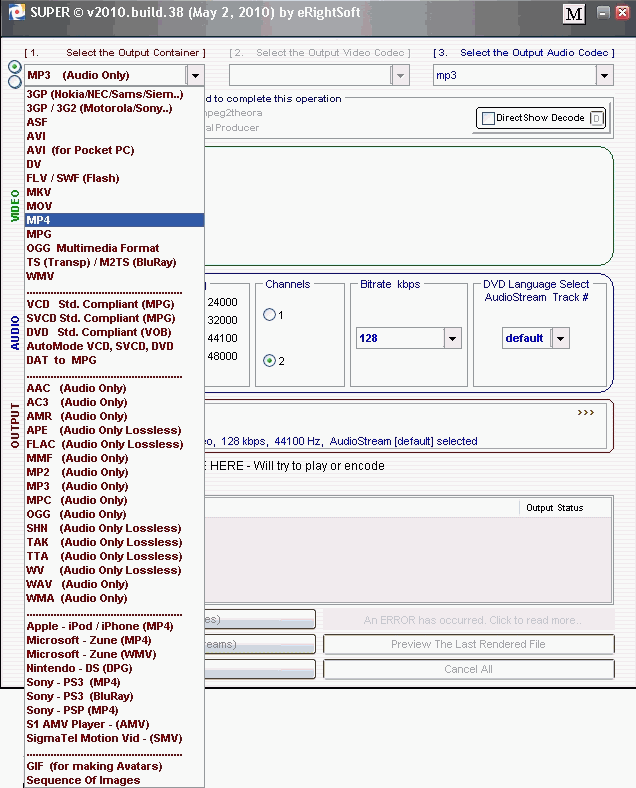
Restoring an all-in-focus image from its defocused version is highly beneficial to visual information processing and many photographic applications, despite being a severely ill-posed problem. Experiments on naturally defocused images show that the proposed method presents qualitative and quantitative results that outperform state-of-the-art (SOTA) methods, with a good compromise between running time and accuracy.ĭefocus blur often degrades the performance of image understanding, such as object recognition and image segmentation. Both tasks (edge classification and blur estimation) are performed by deep convolutional neural networks (CNNs) that share weights to learn meaningful local features from multi-scale patches centered at edge locations. Then, we estimate the defocus blur amount at pattern edges only, and explore an interpolation scheme based on guided filters that prevents data propagation across the detected depth edges to obtain a dense blur map with well-defined object boundaries. We first distinguish edges that lie at depth discontinuities (called depth edges, for which the blur estimate is ambiguous) from edges that lie at approximately constant depth regions (called pattern edges, for which the blur estimate is well-defined). This paper presents an edge-based defocus blur estimation method from a single defocused image.

These results highlight some unique advantages of the constructed hybrid opto-electronic network model based on data-driven end-to-end learning for next-generation innovative computational imaging. Several videos for proposed high-dynamic reconstruction show this method's time-efficiency and consistency. Specifically, an ultrahigh capture frame rate with ST < 1/3000 s can be precisely adapted with only ∼5.6 mm diameter of imaging aperture under natural illumination. In experiments, the proposed method exhibits an obvious superiority in high-dynamic adaptation, autofocusing, and denoise compared with conventional methods.

With an efficient collaboration of physical diffractive layers and electronic convolutional layers, this learning-based model demonstrates significantly enhanced generalization and data-fitting capabilities.

Here, we demonstrate a high-dynamic all-focus imaging based on a proposed paradigm of constructing diffractive network encoding and electronic network decoding (DE-ED) conformation. However, correct reconstruction of tiny details and color configuration with a fast capture is still challenging. Lightfield phase modulation has become an effective implementation for extending depth-of-field (DOF) of computational imaging.


 0 kommentar(er)
0 kommentar(er)
